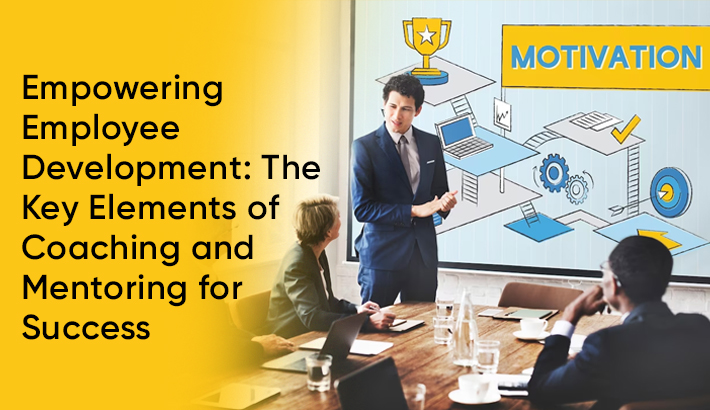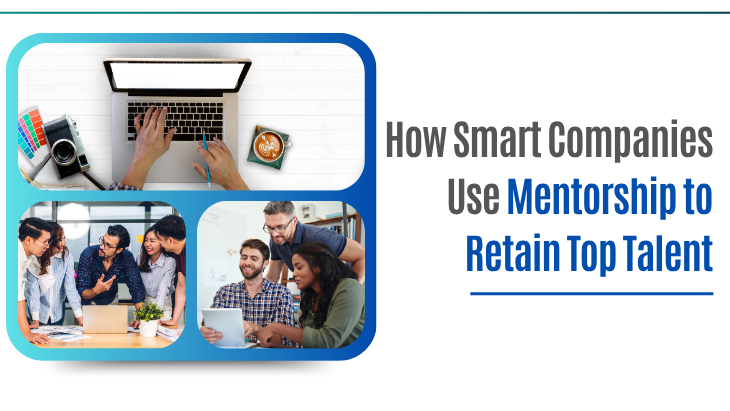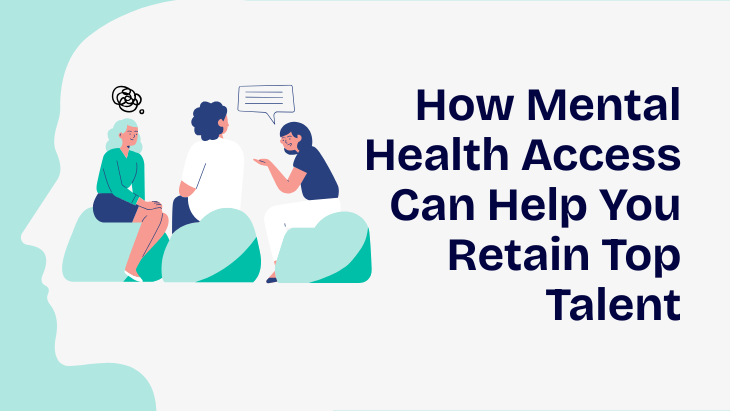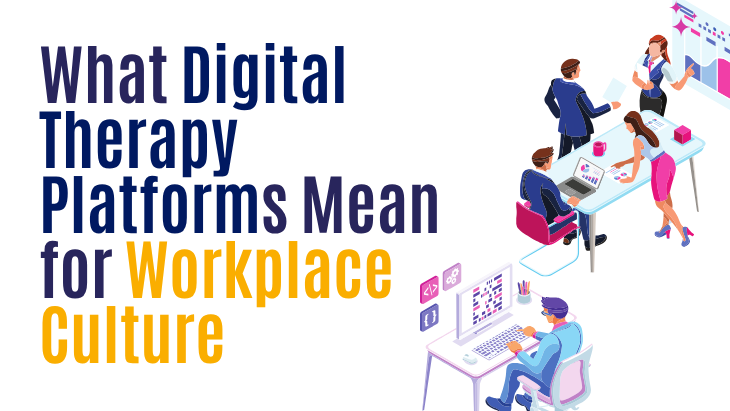Introduction
Employee development is a crucial aspect of any successful organization. Companies that invest in their employees' growth and learning often experience improved productivity, job satisfaction, and employee retention. Coaching and mentoring play vital roles in shaping employee development, providing valuable support and guidance to individuals seeking to enhance their skills, knowledge, and overall performance. In this article, we will delve into the significance of coaching and mentoring in the workplace and explore how they contribute to nurturing a more skilled and motivated workforce.
Understanding Coaching and Mentoring
Coaching and mentoring are both powerful methods of employee development that focus on individual growth and learning. They involve one-on-one interactions between a more experienced individual (coach or mentor) and a less experienced employee (coachee or mentee). The primary objective of coaching and mentoring is to support the coachee or mentee in achieving their professional goals, identifying their strengths and areas for improvement, and providing guidance throughout their developmental journey.
The Distinction Between Coaching and Mentoring
While coaching and mentoring share similarities, they have distinct approaches and purposes. Coaching typically concentrates on enhancing specific skills and performance, often related to the coachee's current role. It involves setting clear objectives, breaking down barriers, and providing timely feedback to optimize performance.
On the other hand, mentoring emphasizes long-term career development and growth. Mentors, drawing from their experiences, offer insights, and help mentees navigate their career paths. Unlike coaching, mentoring focuses on broader aspects of personal and professional development.
Benefits of Coaching for Employee Development
4.1 Personalized Growth Plans
Coaching enables personalized development plans tailored to each individual's unique needs. By identifying areas for improvement, coaches can design targeted strategies for skill enhancement.
4.2 Improved Performance
Through regular coaching sessions, employees can refine their skills and performance, resulting in increased productivity and efficiency in their roles.
4.3 Enhanced Communication Skills
Coaching encourages open communication between coaches and coachees, fostering a culture of transparent feedback and active listening.
4.4 Building Confidence
As employees receive guidance and overcome challenges through coaching, their confidence in handling complex tasks grows.
Benefits of Mentoring for Employee Development
5.1 Knowledge Transfer
Mentoring facilitates the transfer of knowledge, expertise, and best practices from experienced mentors to less-experienced mentees.
5.2 Career Advancement
Mentoring plays a pivotal role in preparing employees for leadership positions and career progression within the organization.
5.3 Support and Encouragement
Having a mentor provides emotional support and encouragement to employees, boosting their motivation and commitment to the organization.
5.4 Creating a Positive Work Culture
Mentoring fosters a positive work environment where employees feel valued, supported, and empowered to achieve their goals.
How Coaching and Mentoring Complement Each Other
Coaching and mentoring work synergistically to foster holistic employee development. Organizations that integrate both approaches can unlock various benefits:
6.1 Aligning Individual Goals with Organizational Objectives
Coaching helps employees align their personal goals with the organization's objectives, ensuring a unified sense of purpose.
6.2 Identifying Strengths and Areas for Improvement
Mentoring complements coaching by offering insights into an employee's strengths and areas for improvement, guiding the coaching process.
6.3 Fostering Continuous Learning
Together, coaching and mentoring create a culture of continuous learning, promoting skill enhancement and adaptability.
Implementing a Successful Coaching and Mentoring Program
To achieve successful employee development through coaching and mentoring, organizations must follow essential steps:
7.1 Identifying Suitable Coaches and Mentors
Selecting the right coaches and mentors is crucial. Individuals with excellent communication skills, empathy, and expertise make effective mentors.
7.2 Structuring Effective Training Programs
Provide comprehensive training to coaches and mentors, equipping them with the necessary tools and techniques for guiding their coachees and mentees effectively.
7.3 Providing Ongoing Support and Feedback
Continuous support and feedback from managers and HR professionals help mentors and coaches improve their effectiveness.
Measuring the Impact of Coaching and Mentoring
To gauge the success of coaching and mentoring programs, organizations can use the following approaches:
8.1 Key Performance Indicators (KPIs)
Monitor relevant KPIs such as productivity, employee satisfaction, and retention rates to assess the impact of coaching and mentoring.
8.2 Employee Feedback and Surveys
Gather feedback from employees who have participated in coaching and mentoring programs to identify areas for improvement.
8.3 Tracking Career Progression
Monitor the career progression of employees who have undergone coaching and mentoring to measure the programs' long-term effects.
Overcoming Challenges in Coaching and Mentoring
While coaching and mentoring offer valuable benefits, they can encounter challenges that require proactive solutions:
9.1 Addressing Communication Barriers
Effective communication is essential for coaching and mentoring success. Encourage open dialogue and provide resources to overcome language or cultural barriers.
9.2 Dealing with Resistance to Change
Some employees may resist coaching and mentoring due to fear of change or skepticism. Address these concerns through clear communication and showcasing success stories.
9.3 Balancing Workload and Development Time
Finding the right balance between employees' daily tasks and coaching/mentoring sessions is crucial to ensure employee satisfaction and productivity.
9.4 Ensuring Inclusivity and Diversity
Promote diversity and inclusivity within coaching and mentoring programs to provide equal opportunities for all employees.
The Role of Technology in Employee Development
Technology has revolutionized employee development strategies, offering various tools and resources:
10.1 Virtual Coaching and Mentoring
Virtual coaching and mentoring platforms facilitate remote interactions, making development opportunities accessible to all employees.
10.2 E-Learning Platforms
E-learning platforms offer self-paced learning modules, allowing employees to upskill at their convenience.
10.3 Data Analytics for Personalized Development
Data analytics help organizations identify specific learning needs and offer personalized coaching and mentoring experiences.
Creating a Culture of Lifelong Learning
Fostering a culture of lifelong learning benefits both employees and the organization:
11.1 Encouraging Curiosity and Exploration
Promote a culture where employees are encouraged to explore new ideas, experiment, and learn from failures.
11.2 Rewarding Knowledge Sharing
Recognize and reward employees who actively share knowledge and support the learning of their colleagues.
11.3 Recognizing and Celebrating Achievements
Celebrate employee achievements and milestones in their development journey to motivate others.
The Manager as a Coach and Mentor
Managers can significantly impact employee development when they take on coaching and mentoring roles:
12.1 Emphasizing the Human Element
Managers should prioritize building strong relationships with their team members and empathize with their development needs.
12.2 Developing Coaching and Mentoring Skills in Managers
Provide training to managers to develop their coaching and mentoring abilities, enabling them to better support their employees.
12.3 Nurturing a Supportive Manager-Employee Relationship
Foster an environment where employees feel comfortable seeking guidance and feedback from their managers.
The Impact of Coaching and Mentoring on Employee Engagement
Coaching and mentoring contribute to higher employee engagement levels:
13.1 Fostering a Sense of Belonging
Employees who receive coaching and mentoring feel a stronger connection to the organization and its values.
13.2 Increasing Job Satisfaction
By investing in their development, organizations demonstrate their commitment to employees' growth and satisfaction.
13.3 Enhancing Employee Loyalty
Employees are more likely to stay with a company that invests in their long-term career development.
Conclusion
Coaching and mentoring are essential components of successful employee development. When integrated effectively into an organization's culture, they foster a workforce that is motivated, skilled, and committed to achieving both individual and organizational goals. By embracing employee learninig and mentorship as fundamental pillars of employee development, companies can cultivate a culture of continuous learning and drive long-term success.
FAQs
Q1. What is the difference between coaching and mentoring?
A. Coaching focuses on skill enhancement and performance improvement, while mentoring emphasizes long-term career development and growth.
Q2. How can coaching benefit employees?
A. Coaching provides personalized growth plans, improved performance, enhanced communication skills, and increased confidence.
Q3. What are the advantages of mentoring for employee development?
A. Mentoring facilitates knowledge transfer, supports career advancement, fosters a positive work culture, and offers emotional support.
Q4. How can organizations measure the impact of coaching and mentoring programs?
A. Key performance indicators (KPIs), employee feedback, and career progression tracking are effective methods of measurement.
Q5. What role does technology play in employee development?
A. Technology enables virtual coaching and mentoring, offers e-learning platforms, and uses data analytics for personalized development.






Leave a reply